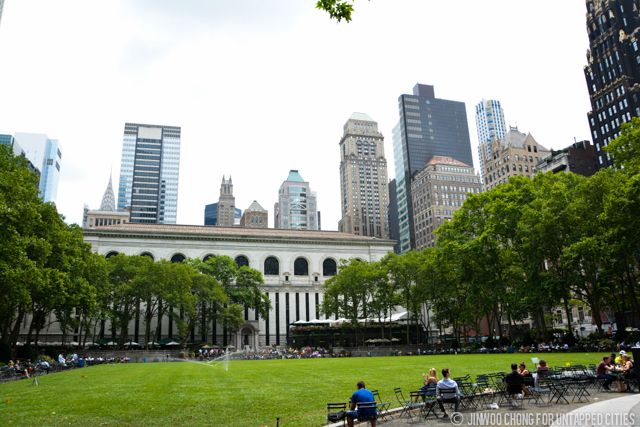
"In New York City's earliest days, Wall Street was the site of a wall constructed to keep the British out, Canal Street was a canal, and the rest of the Island was the countryside. As the City expanded northward, it enveloped and urbanized its rural backyard. However, the bucolic landscape of Manhattan was not the only thing to be overtaken by the encroaching City. The Island's cemeteries were also evicted, ever northward, and finally banished to the outer boroughs."
"Madison Square Park, named after James Madison, was opened to the public in 1847. The land was home to a military parade ground, a United States Army Arsenal, and a House of Refuge for juvenile delinquents. Between 1794 and 1797, the land was also home to a potter's field (a common burial ground for those unable to afford burial in another cemetery or for those who died unknown), after which it moved to Washington Square Park."
"In 1797, the land was acquired by the Common Council for use as a potter's field and a place for public executions. Some historians think that the land might also have been used as a cemetery for one of the adjacent churches, as headstones have been unearthed in the park. According to the Bowery Boys, over 20,000 people are likely still buried in the Park out of as many as 125,000 people who might have been buried there."
New York City began as a mix of fortified, commercial, and rural spaces, with Wall Street's wall and Canal Street's canal. As the city expanded northward, it urbanized surrounding countryside and pushed cemeteries progressively north until they reached the outer boroughs. Several Manhattan parks occupy former burial grounds. Madison Square Park hosted a military parade ground, an Army Arsenal, a House of Refuge, and briefly a potter's field moved later to Washington Square Park. Washington Square Park served as a potter's field and execution site, may contain church burials, and likely still conceals tens of thousands of interments.
Read at Untapped New York
Unable to calculate read time
Collection
[
|
...
]